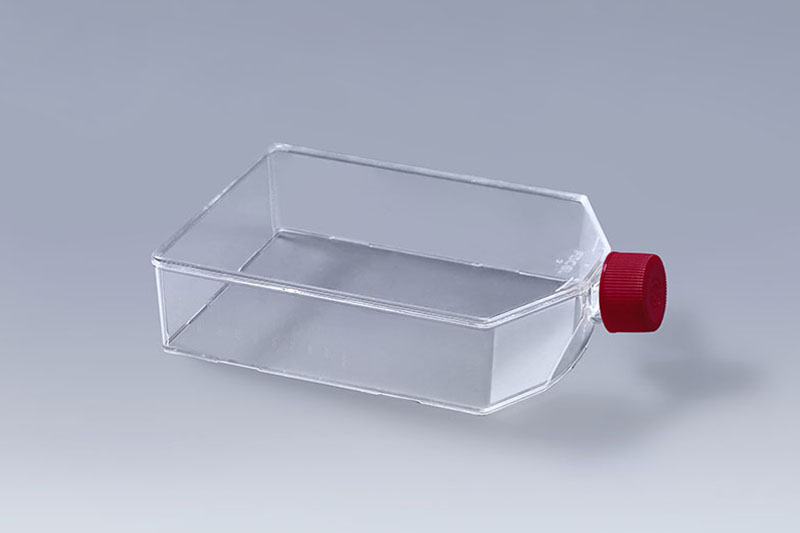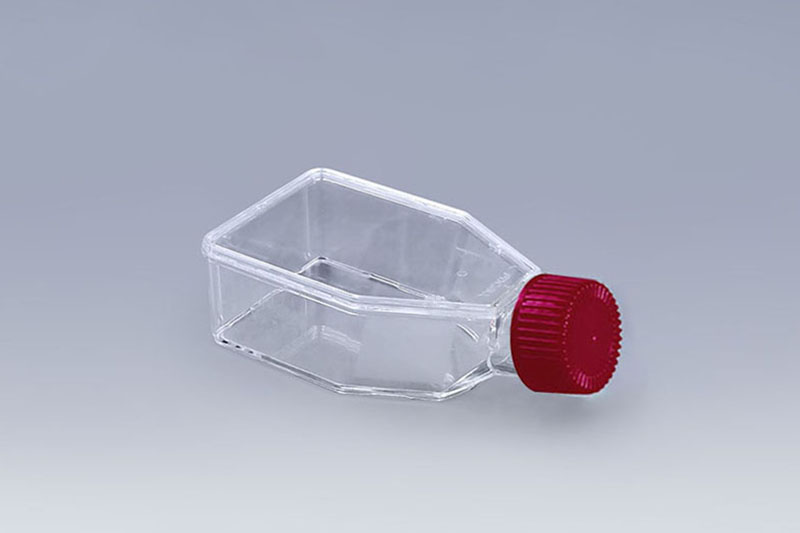The difference between the two culture surfaces of cell culture flasks
There are thousands of cell types, but they can be roughly divided into two categories: adherent cells and suspension cells. Different cells have different requirements for culture containers. As a consumable product with high frequency of use, cell culture flasks are divided into two types: TC-treated surface and non-TC-treated surface. So, what is the difference between these two surfaces?
Cells are divided into adherent cells and suspension cells according to different culture methods. The growth of adherent cells must have a support surface that can be attached, and the cells can grow on the surface by relying on the attachment factors secreted by themselves or provided in the medium and reproduce. Suspension cells do not require an attachable support and grow in suspension in the medium, such as lymphocytes.
The cell culture flask is made of polystyrene raw material. Compared with glass material, the surface of this material is hydrophobic, which is not conducive to the growth of cell adhesion. Therefore, after a special surface treatment process, hydrophilic groups are introduced on the surface , making it suitable for the adherent growth of cells. Suspension cells have no special requirements on the surface of the container, and non-TC-treated containers can be selected, but generally TC-treated culture containers can also be used to culture suspension cells.
The surface treatment process of cell culture flasks mostly adopts vacuum plasma process. Different culture surfaces meet the growth needs of different types of cells. Did you choose the right one?
 T225 Flask
T225 Flask T25 Flask
T25 Flask
评论
发表评论